What’s Up?
I swam yesterday at 8am. Jim and I headed to the audit in Lakeland at 9:30. We met Chip Jackson–the man is brilliant–for brunch at 11 and showed up early for the audit at 11:05am. The agent was pleasant and wound up being quite fair. He studied my documentation and as Chip had mentioned, asked to see a few line items. I was quickly and easily able to verify each of those via either my bank or credit card statements. We pointed out a few errors in the IRS’s favor and a few missed and re-classed deductions. The entire audit took only 80 minutes. As things turned out, I had missed one very large deduction, a $29,000 wire transfer out: partial payment for last year’s Galapagos Photo-Cruise. The end result of the audit was an additional refund of just a shade under $9,000. You gotta love that.
More good news: the UK Puffins and Gannets trip sold out and both Bosque IPTs are getting close.
This blog post took about 2 hours to prepare and was published just before 6:15am on Thursday, October 1, 2014.
Artie’s New Tripod…
If anyone is interested in about the great new tripod that I have been using for about a year now (thanks to Denise Ippolito–she has been using it too), please shoot me an e-mail with the words “artie’s new tripod” cut and pasted into the subject line.
Interactivity on the BAA Blog
At times some folks start to take the blog for granted and get a bit lazy as far as commenting. Sure, most read it every day–right now about 2,500 folks visit daily. With the last few posts, however, there have been only a handful of comments at best. The purpose of the blog it to get you to think and learn. There are several questions in today’s blog post. Give them a shot. Please remember, an interactive blog is a better blog…. In addition, answering your questions often helps me to learn.
Please Help Support My Work on the BAA Blog
Thanks a Stack! It’s been a great summer!
The last ten weeks as a B&H affiliate have been quite rewarding. Thanks a stack to the many who used our B&H links for purchases large and small. Right now I am working closely with my B&H rep to have four 400 DO and two 100-400 II BAA Affiliate orders expedited. It has been nearly impossible to come by a 400 DO II. I am hoping that my efforts pay dividends fairly soon…. 100-400IIs are now in stock at B&H. The 400 DO II lenses continue to be in very short supply. The sooner you order, the sooner you will get yours; I am working closely with my contact at B&H to have the current orders expedited when a shipment does actually arrive.
To show your appreciation for my efforts here, we ask, as always, that you use our the B&H and Amazon affiliate links on the right side of the blog for all of your purchases. B&H is recommended for you major photography gear purchases, Amazon for your household, entertainment, and general purpose stuff. Please check the availability of all photographic accessories in the BIRDS AS ART Online Store, especially Gitzo tripods, Mongoose M3.6 and Wimberley tripod heads and plates, and the like. We sell only what I have used, have tested, and can depend on. We will not sell you junk. We know what you need to make creating great images easy and fun. And we are always glad to answer your gear questions via e-mail.
I would of course appreciate your using our B&H affiliate links for all of your major gear, video, and electronic purchases. For the photographic stuff mentioned in the paragraph above we, meaning BAA, would of course greatly appreciate your business. Here is a huge thank you to the many who have been using our links on a regular basis and visiting the BAA Online store as well.
|
This image was created at Bosque last November 22 at 7:11am with the tripod mounted Canon EF 600mm f/4L IS II USM lens, the Canon Extender EF 1.4X III, and the rugged Canon EOS-1D X. ISO 800. Evaluative metering +1 1/3 stops off the light blue sky (in very early morning light): 1/1000 sec. at f/5.6. Center AF point/AI Servo Surround/Rear Focus AF as originally framed was active at the moment of exposure. The selected AF point was just below the base of the bird’s neck. It is likely that one or more of the assist points was active. Click here to see the latest version of the Rear Focus Tutorial. Click on the image to see a larger version. Image #1: Sandhill Crane in flight: downstroke, very early morning light |
Light Considerations
The image above was made at 7:11am. The two images below were made ten minutes later. With the image above, I did several things to tone down the REDs. In ten minutes time the light had changed from the super-warm tones above to the much more neutral tones in Images #2 & #3. The really early morning light also brought with it the CYAN-toned sky.
When I worked with film, I loved the super-early morning light but I must admit to being much less of a fan with digital.
Which light do you like better, the really warm light in the first image or the much more neutral light in the last two images? Would you have tried to deal with the CYAN cast in the sky?
|
This image was also created at Bosque last November 22, this one at 7:20:59am with the tripod mounted Canon EF 600mm f/4L IS II USM lens, the Canon Extender EF 1.4X III, and the rugged Canon EOS-1D X. ISO 400. Evaluative metering +2/3 stop off the blue sky (in early morning light): 1/1600 sec. at f/5.6. Center AF point/AI Servo Surround/Rear Focus AF as framed was active at the moment of exposure. The selected AF point was on the sky just above the middle of the bird’s extended neck. It is likely that one or more of the assist points was active. Click here to see the latest version of the Rear Focus Tutorial. Click on the image to see a larger version. This image was the first in a three frame sequence created at virtually the same instant as image #2. See more in “Understanding Frame Rate” below. Image #2: Sandhill Crane in flight ten minutes later, wings down |
Flight Poses
The two classic wing positions are wings fully down, as in Images #1 & #2, and the wings fully up, as in image #3. Most times, wing positions somewhere between the two are less than pleasing. Which is your favorite wing position? Why?
|
This image was also created at Bosque last November 22 at 7:20:59am with the tripod mounted Canon EF 600mm f/4L IS II USM lens, the Canon Extender EF 1.4X III, and the rugged Canon EOS-1D X. ISO 400. Evaluative metering +2/3 stop off the blue sky (in early morning light): 1/1600 sec. at f/5.6. This image was the third in a three frame sequence created at virtually the same instant as image #2. See more in “Understanding Frame Rate” below. Center AF point/AI Servo Surround/Rear Focus AF as framed was active at the moment of exposure. The selected AF point was on the sky just below the center of the bird’s extended neck. It is likely that one or more of the assist points was active. Click here to see the latest version of the Rear Focus Tutorial. Click on the image to see a larger version. Image #3: Sandhill Crane in flight ten minutes after image #1, wings up |
Your Favorite?
Which of today’s images is your favorite? Be sure to let us know why you made your choice?
Understanding Frame Rate…
Many photographers believe that if they have a camera that fires at 10 frames per second and they hold the hammer down for exactly one second that they will capture every pose. Think again. 10 frames per second at 1/1000 second captures 10 out of 1,000 possible poses. Reducing that fraction to simplest terms has you capturing 1 out of every 100 possible poses. Thus, you are actually missing 99% of the possible poses each second.
My strategy is to hold the shutter button down for two or three or four frames (not seconds!) once the bird enters the ideal zone. This zone has the bird flying toward us (to some degree) or parallel to our position while approaching or right on sun angle and filling at least close to half the length of the horizontal frame. Then I hope to capture a good pose or two. Why so few frames in each flight sequence? First off, birds do not fly through the zone for very long. Secondly, it is very hard for me to keep the sensor exactly on the birds face, neck, or breast. Younger, aggressive, more skilled photographers are often able to get off long series of well framed flight images. Those days are past for me. Hand holding does make creating longer flight sequences easier.
With Images #2 and #3 I struck paydirt with one good wings up and one good wings down post in of a series of three. That is a very high success rate. Please note that if someone tells you that they are able to time the shutter release to ensure either a perfect wings up or wings down pose, they are full of it.
Notice also that Images #2 and #3 were created in the same a second (with a third frame in between them).
The Bosque Site Guide
If you can’t make or afford one of the two Bosque IPTs, be sure to get yourself a copy of our Bosque Site Guide. All BAA Site Guides are designed so that with a bit of study you can show up at a great place and know exactly where to be at what time on what wind and in what lighting conditions. And on what wind. With a Site Guide on your laptop you will feel like a 22-year veteran on your first visit. Site Guides are the next best thing to being on an IPT. If you plan on visiting Bosque it would be foolish to make the trip without having this guide in hand. Why spend money on gear and travel and then spend days stumbling around in the wrong spot? If you have visited previously, and are still unsure of where you should be at this time of day with that wind, this guide will prove invaluable to you as well. Even folks visiting Bosque for the tenth time will learn a ton as I share my secrets and hold nothing back….
|
In 2015, we are offering a 3-DAY IPT before Thanksgiving and a 4-DAY IPT after the holiday. You can attend either and spend Thanksgiving Day with your family. Sign up for both and we will be glad to apply a $100 discount to your balance. We know that there are lots of less costly workshops being offered these days. Many of them are downright cheap. Please remember that you get exactly what you pay for. With us you will have two full time pros there for you every minute we are in the field. Together they have more than 28 seasons of experience at the refuge. If you want the finest in photographic instruction and want to be assured of being in the right spot at exactly the right time every day, do join us. |
Bosque del Apache 2015 BIRDS AS ART/A Creative Adventure Instructional Photo-Tour (IPT). 3-FULL DAY IPT: NOV 22-24, 2015. $1149. Two great leaders: Denise Ippolito and Arthur Morris. Meet and greet and introductory slide program after dinner on your own at 7:00pm on SAT NOV 21.
Just 2 spots left.
Tens of thousands of Snow Geese, 10,000 Sandhill Cranes, ducks, amazing sunrises, sunsets, and blast-offs. Live, eat, and breathe photography with two of the world’s premier photographic educators at one of their very favorite photography locations on the planet. Top-notch in-the-field and Photoshop instruction. This will make 21 consecutive Novembers at Bosque for artie. This will be denise’s 7th workshop at the refuge. Nobody knows the place better than artie does. Join us to learn to think like a pro, to recognize situations and to anticipate them based on the weather, especially the sky conditions, the light, and the wind direction. Every time we make a move we will let you know why. When you head home being able to apply what you’ve learned on your home turf will prove to be invaluable.
This workshop includes 3 morning and 3 afternoon photography sessions, an inspirational introductory slide program after dinner on your own on Saturday, 11/21, all lunches, and after-lunch digital workflow, Photoshop, and image critiquing sessions.
There is never a strict itinerary on a Bosque IPT as each day is tailored to the local conditions at the time and to the weather. We are totally flexible in order to maximize both the photographic and learning opportunities. We are up early each day leaving the hotel by 5:30 am to be in position for sunrise. We usually photograph until about 10:30am. Then it is back to Socorro for lunch and then a classroom session with the group most days. We head back to the refuge at about 3:30pm each day and photograph until sunset. We will be photographing lots of Snow Geese and lots of Sandhill Cranes with the emphasis on expanding both your technical skills and your creativity.
A $449 non-refundable deposit is required to hold your slot for this IPT. Your balance, payable only by check, will be due on 7/25/2015. If you cancel and the trip fills, we will be glad to apply a credit applicable to a future IPT for the full amount less a $100 processing fee. If we do not receive your check for the balance on or before the due date we will try to fill your spot from the waiting list. Whether or not your spot is filled, you will lose your deposit. If not, you can secure your spot by paying your balance.
Please print, complete, and sign the form that is linked to here and shoot it to us along with your deposit check (made out to “Arthur Morris.”) You can also leave your deposit with a credit card by calling the office at 863-692-0906. If you register by phone, please print, complete and sign the form as noted above and either mail it to us or e-mail the scan. If you have any questions, please feel free to contact me via e-mail.
|
In 2015, we are offering a 3-DAY IPT before Thanksgiving and a 4-DAY IPT after the holiday. You can attend either and spend Thanksgiving Day with your family. Sign up for both and we will be glad to apply a $100 discount to your balance. We know that there are lots of less costly workshops being offered these days. Please remember that you get exactly what you pay for. If you want the finest in photographic instruction and want to be assured of being in the right spot at exactly the right time, do join us. |
Bosque del Apache 2015 BIRDS AS ART/A Creative Adventure Instructional Photo-Tour (IPT). 4-DAY IPT: (three full and two 1/2 DAYS) NOV 28-DEC 2, 2015. $1499. Two great leaders: Denise Ippolito and Arthur Morris. Meet and greet at 3pm on SAT NOV 28 followed by an afternoon photo session at the crane pools and the introductory slide program after dinner on your own.
Just 3 spots left.
Tens of thousands of Snow Geese, 10,000 Sandhill Cranes, ducks, amazing sunrises, sunsets, and blast-offs. Live, eat, and breathe photography with two of the world’s premier photographic educators at one of their very favorite photography locations on the planet. Top-notch in-the-field and Photoshop instruction. This will make 21 consecutive Novembers at Bosque for artie. This will be denise’s 7th workshop at the refuge. Nobody knows the place better than artie does. Join us to learn to think like a pro, to recognize situations and to anticipate them based on the weather, especially the sky conditions, the light, and the wind direction. Every time we make a move we will let you know why. When you head home being able to apply what you’ve learned on your home turf will prove to be invaluable.
This workshop includes 4 afternoon (11/28through 12/1), 4 morning (11/29 to 12/2) photography sessions, an inspirational introductory slide program after dinner on your own on Saturday, 11/28, all lunches, and after-lunch digital workflow, Photoshop, and image critiquing sessions.
There is never a strict itinerary on a Bosque IPT as each day is tailored to the local conditions at the time and to the weather. We are totally flexible in order to maximize both the photographic and learning opportunities. We are up early each day leaving the hotel by 5:30 am to be in position for sunrise. We usually photograph until about 10:30am. Then it is back to Socorro for lunch and then a classroom session with the group most days. We head back to the refuge at about 3:30pm each day and photograph until sunset. We will be photographing lots of Snow Geese and lots of Sandhill Cranes with the emphasis on expanding both your technical skills and your creativity.
A $599 non-refundable deposit is required to hold your slot for this IPT. Your balance, payable only by check, will be due on 7/25/2015. If you cancel and the trip fills, we will be glad to apply a credit applicable to a future IPT for the full amount less a $100 processing fee. If we do not receive your check for the balance on or before the due date we will try to fill your spot from the waiting list. Whether or not your spot is filled, you will lose your deposit. If not, you can secure your spot by paying your balance.
Please print, complete, and sign the form that is linked to here and shoot it to us along with your deposit check (made out to “Arthur Morris.”) You can also leave your deposit with a credit card by calling the office at 863-692-0906. If you register by phone, please print, complete and sign the form as noted above and either mail it to us or e-mail the scan. If you have any questions, please feel free to contact me via e-mail after July 29.
Be sure to like and follow BAA on Facebook by clicking on the logo link upper right. Tanks a stack!
Support the BAA Blog. Support the BAA Bulletins: Shop B&H here!
We want and need to keep providing you with the latest free information, photography and Photoshop lessons, and all manner of related information. Show your appreciation by making your purchases immediately after clicking on any of our B&H or Amazon Affiliate links in this blog post. Remember, B&H ain’t just photography!
Amazon.com
Those who prefer to support BAA by shopping with Amazon may use this link:
Amazon Canada
Many kind folks from north of the border, eh, have e-mailed stating that they would love to help us out by using one of our affiliate links but that living in Canada and doing so presents numerous problems. Now, they can help us out by using our Amazon Canada affiliate link by starting their searches by clicking here. Many thanks to those who have written.
Typos
In all blog posts and Bulletins, feel free to e-mail or to leave a comment regarding any typos or errors. Just be right :).

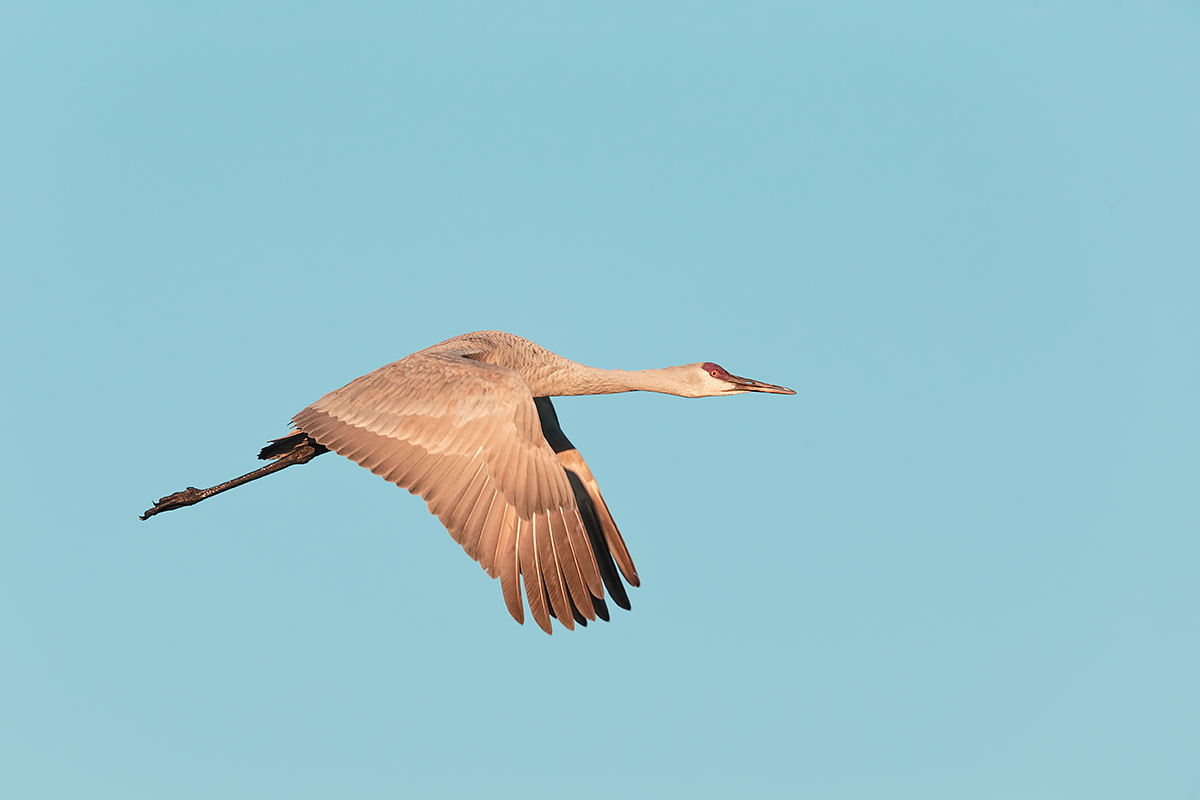
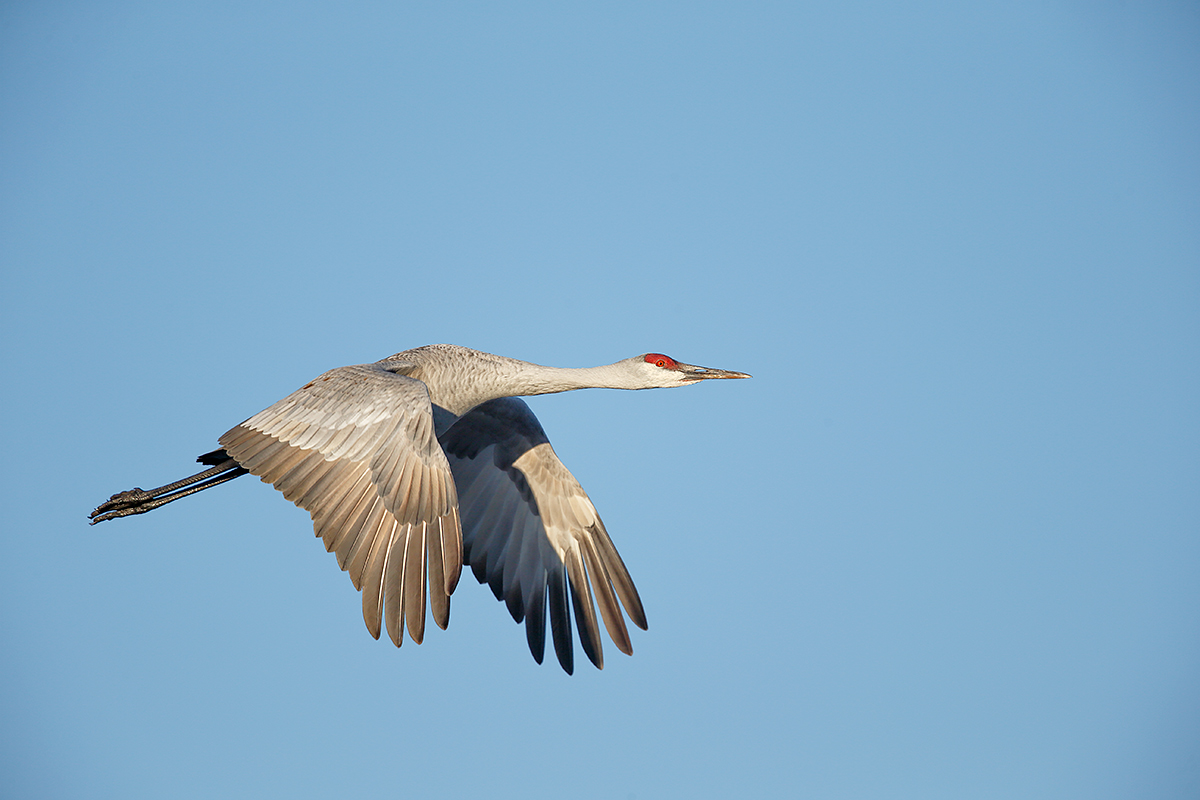
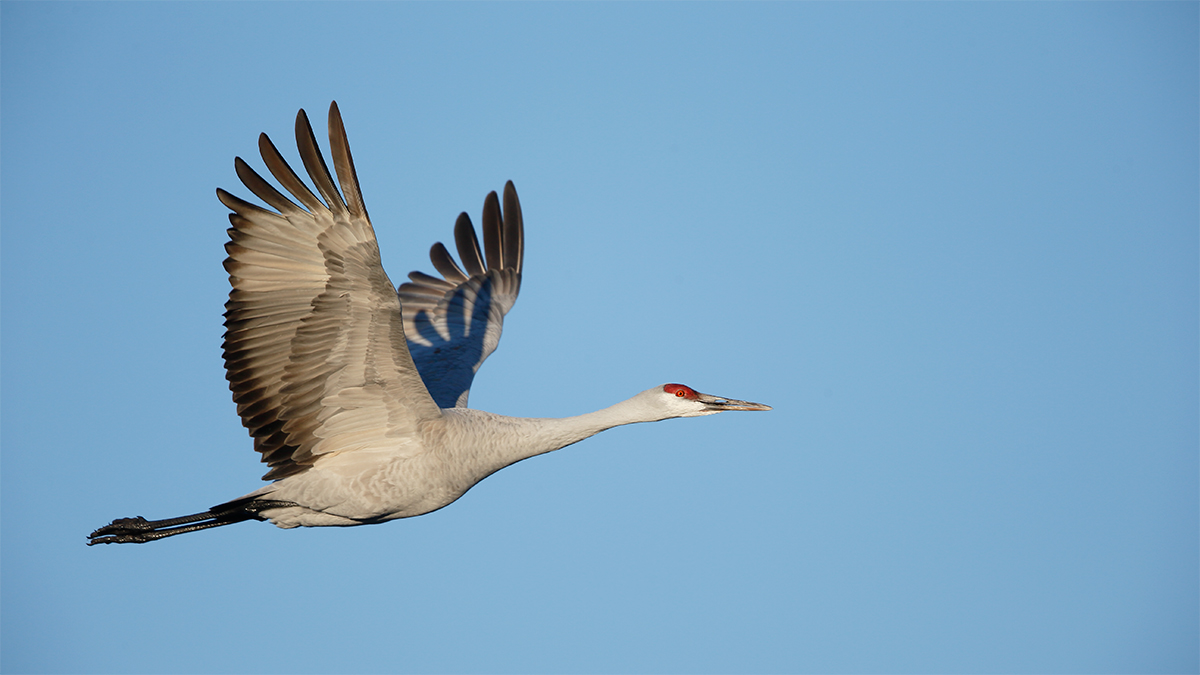
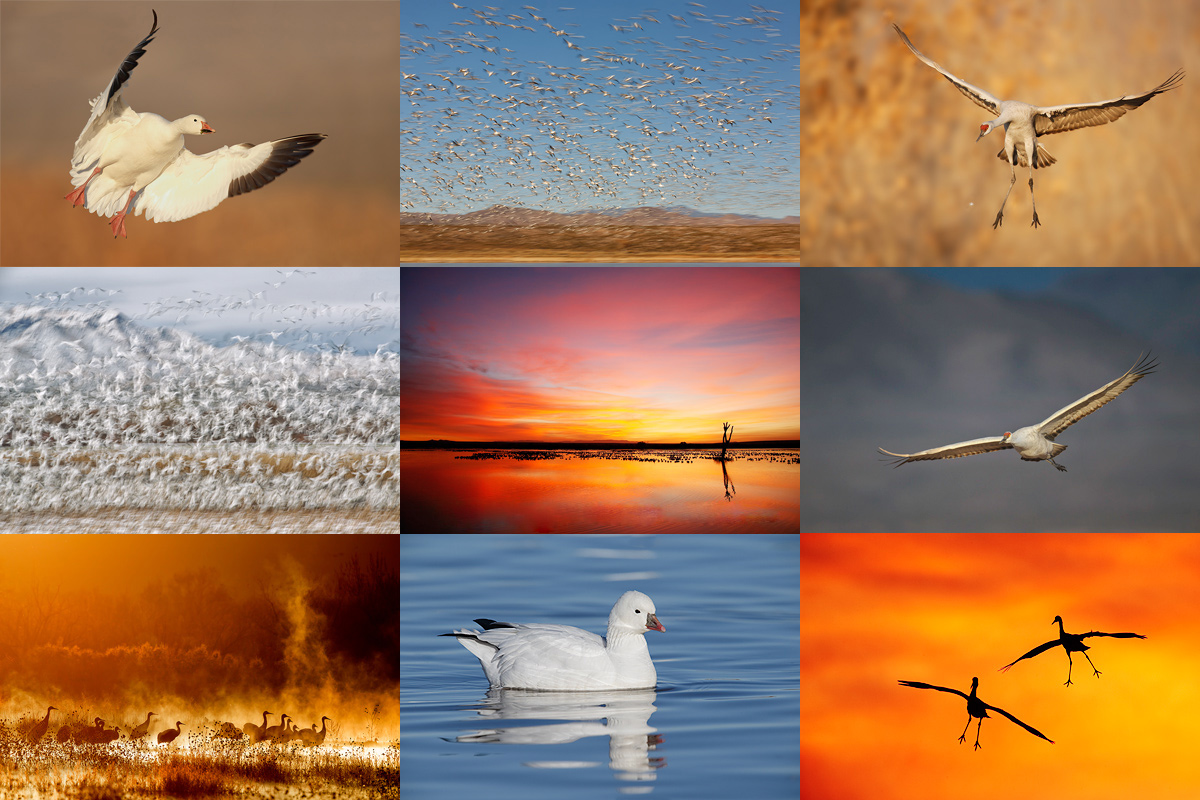
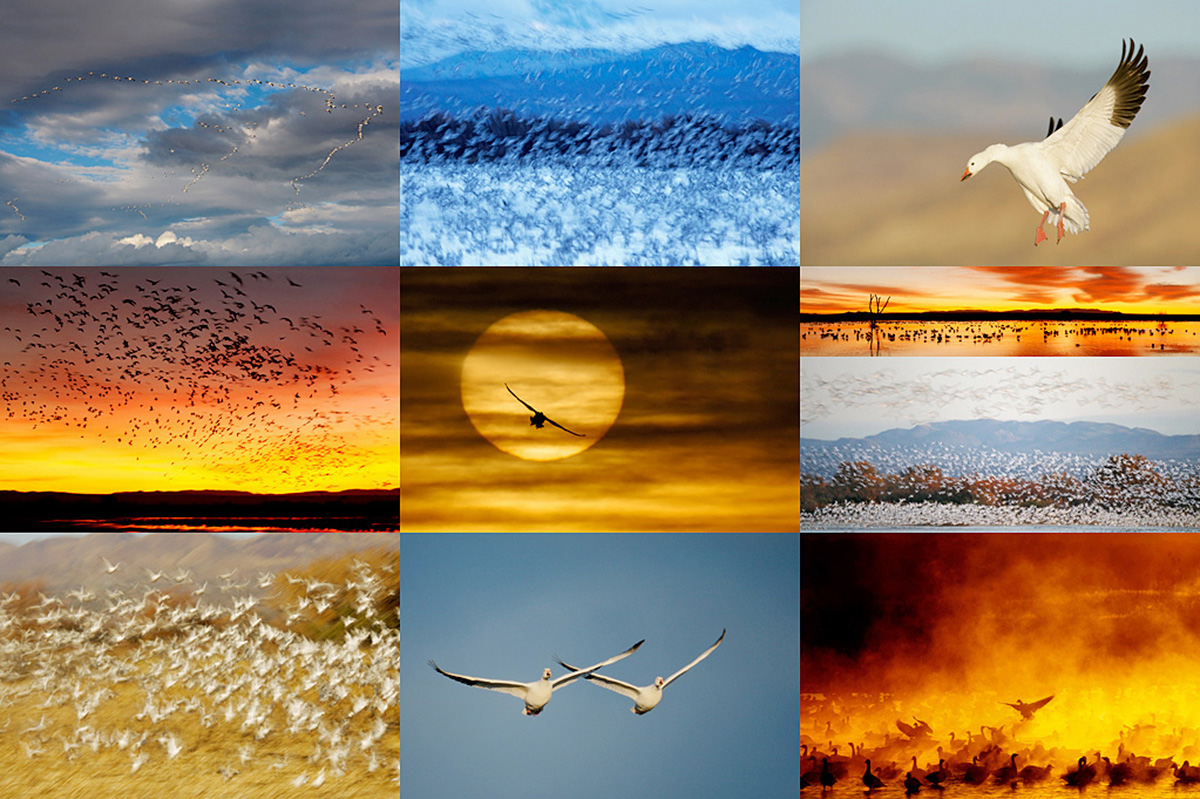













Hi Arthur… Just want to thank you for sharing your knowledge on your blog. I am a new reader and I am really enjoying it.
Many thanks and welcome to the blog. a
I with you AM on the cyan sky. Wing position varies from bird to bird with me. I usually take the Chinese menu approach: I’ll take 1 from column 2 and 1 from column 3!
Artie,
I prefer #3, the wings up. There is an interesting shadow of the primary feathers of the right wing cast on the left wing. All three pictures are great. If I saw #1 without seeing the other two, I would have really liked it. However I prefer the color rendition of the second two pictures, where everything appears to be more crisp.
Jeff
WooWhooo! An additional refund! Fair is always great with the IRS. Can’t do better than that! Gloria
You got that right! a
Neutral seems to show more detail, and I like the wings down position better.
I’m not sure how two (or three) frames could be taken within the same hundredth of a second, since the 10 frames per second rate means that each is one-tenth of a second from the next.
Hi Eric, I missed your second point in my first reply. You are of course correct. Both files were created at 7:20:59, in the same second. That has tripped me up before…. Thanks for catching my error; I will correct it in the text. artie
Good point on less detail in sweeter or softer light… artie
I prefer the neutral tones, and I always try to tone down the cyan in the sky like in the first image. There is just something unpleasant about a cyan sky to me. I also prefer wings down. Especially with Sandhill Cranes, as it shows off the pretty orange colors they sometimes have on the top of their wings.
I prefer the cooler tone sky with wings up
The last image is my favorite, not because of the color variation with #1, the warmer image, but the shadow cast on the wing by the wing that is up. I like the cooler tones in the bottom 2 images but that last image with the wing position, shadow on the wing and that bright red head against the blue sky is my favorite.
Warmer light for me; I might try playing with the sky a bit, but I suspect I’d wind up back at the original; if that’s the way it appeared at the time, I’d be inclined to keep it.
No preference on wing position; either way, they’re beautiful images of beautiful birds.
I like the warm bird in one but not so keen on the cyan sky. The wings up is nice as it shows the middle feathers and the shadow is nice in the third image. However overall I would choose the second image,the wings down in the second are slightly different to the more typical first image and it is generally pleasing to the eye.
I generally prefer the warmer light of the early hours, as seen in the first image. However, my preference on the pics goes to the third image based on the wing position. In that shot, I also like the shadow of how the front wing is cast on the back wing. That said, I like all three shots.
Hi, Artie. I love the early morning light. I prefer the wings down position because there is a chance of getting the shadow of the bird’s head on the down wing, and I just love getting that shadow. Typo: the agent was fair (not fare).
Personally I like the wings up as it exposes the under wing, and the whole body. Seems more majestic.
I also like the colors more true or at least a little less warmer than your first image. The subject appears to have more detail to my eye with the color being truer.
You mean that the colors seem truer in images #2 and #3, correct?
Wing position…if my life depended on it, I’d pick the wings up position. I just like seeing the whole
crane from tail to beak. You can’t go wrong with either position, so its tough.
It’s also tough with warm vs neutral. I’ve always been a fan of the warmer tones because for me they have always calmed me down. Thus, I wouldn’t have touched the sky. My feeling is, if you’re not going to change the crane…why change the sky? They both go together.
Of course neutral is just fine also since that’s what I see most in everyday life. So I’m use to it.
Doug